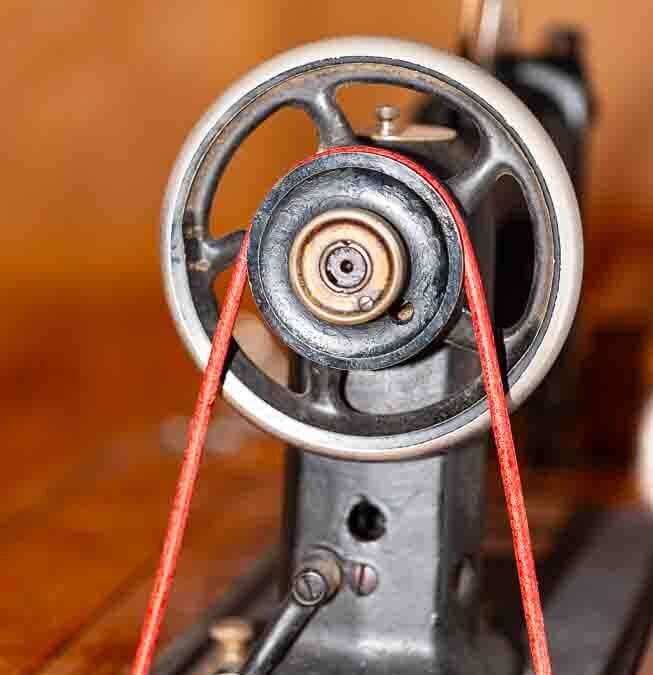Modern Quilting & Antiquities
While the essential building blocks of quilting — fabric, backings, thread, needles, etc. — haven’t changed dramatically, even over centuries, the tools have.
This occurred to me recently when I was working on my antique 1903 Wilson Wheeler Foot-Operated Treadle Machine, and then also working on my modern Husqvarna Viking Ruby 90, a computerized and programmable machine. As anyone who has lived for a few decades knows, computers, automation, and software have transformed nearly everything in our daily lives, to the point where we hardly notice anymore. Whether it’s our smartphones, computerized cars and controls, or even our innovative mattresses and bedding, there’s nothing that hasn’t been impacted by technology. And that includes the tools of quilting.
While the essence of the art form or handicraft of quilting has remained essentially the same for many centuries, it’s important to remember that quilting, like all crafts, has a remarkable ability to adapt to technological changes. Nothing is untouched by technology, and it’s this adaptability that ensures the continuity of our beloved craft.
While I still use a thread and needle, utilize fabrics, threads, and cloth, and adhere to recognized traditions, quilting methods, and tools, I also love my programmable sewing machine and the ability to complete very detailed, fine, and specific work rapidly and much more easily. But even with “smart” technologies, it’s my creative instincts, impulses, and vision that guide the technology, and not the other way around. This emphasis on creativity ensures that technology is a tool in my hands, not a master.
Can I still create quilts or perform repairs manually, using traditional methods and tools? Yes, I sure can, and I do. But I am not married to any tradition, dogma, or rules. I choose the best approach for bringing a quilt to life or resurrecting it to its past glory.
In my studio, I have state-of-the-art machines, old tools, and even “old” machines. There are many ways to repair, restore, and create new custom quilts to a client’s precise specifications. Tools are just tools. You could hand an unskilled laborer a hammer, nails, some lumber, and a saw, and they might not create anything impressive, or anything at all. In the hands of a skilled carpenter, they could make an ornate table or work of art. That’s the same even for technology.
The essence of quilting – creating something special, unique, and lasting – has not changed. The human connection to quilts and the sense of comfort, beauty, and harmony they bring is still present, even in 2025. This enduring essence of quilting, this timeless connection to comfort and beauty, is something that technology can never change.
